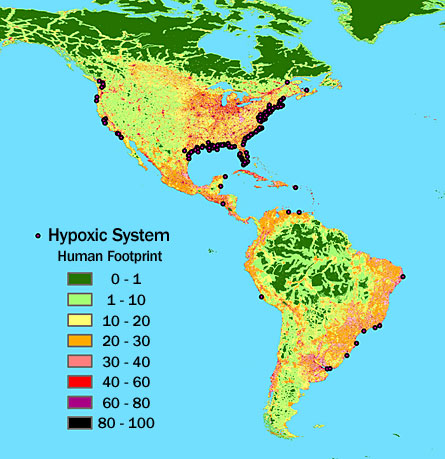
Evidence builds against chemical found in plastics
The widely used plastics ingredient bisphenol A, which can leach from food and beverage containers, takes some hits in two studies looking at humans and biologically relevant doses: In a broad survey using CDC data of American adults, high urine levels of BPA were linked to a higher risk of type 2 diabetes, heart disease and liver enzyme problems (SN: 10/11/08, p. 14). A study examining human fat tissue found that BPA suppresses a hormone that protects people from heart attacks and type 2 diabetes (SN: 9/13/08, p. 15).
While the U.S. National Toxicology Program concluded that the chemical is of concern for human development, the Food and Drug Administration decreed, in a draft assessment, that current exposure levels are safe. An FDA–appointed subcommittee then blasted the draft assessment as severely flawed and sent the FDA back to the drawing board to reassess risk.
“I do not understand why the governments of the United States and Europe put money into studying pollutants like bisphenol A and then later don’t listen to what scientists have found,” says Angel Nadal of the Spanish Biomedical Research Network in Diabetes and Associated Metabolic Disorders in Alicante.

Forest invades tundra Trees are growing in Arctic soils previously characterized by tiny low-growing shrubs, a development that threatens to indirectly accelerate global warming (SN: 7/5/08, p. 26).
Ocean reflux Scientists report that water with a pH low enough to disrupt sea creatures’ shell formation burped up temporarily in spring 2007 along North America’s West Coast (SN Online: 5/22/08).
Ain’t natural An epic data review blames climate change for myriad disruptions — including dwindling snowpacks and early salmon migrations (SN Online: 5/14/08).

Mighty get mightier Peak wind speeds of some of the world’s strongest storms (2005’s Wilma shown) have, on average, increased during the past three decades, thanks to a warming trend in many of the ocean basins where such storms are spawned (SN Online: 9/3/08).
Bogus ‘consensus’ Researchers debunk a myth cited by global warming skeptics that a cooling climate consensus existed in the 1970s (SN: 10/25/08, p. 5).
Dioxin and sperm Dioxin’s effect on adult sperm production depends on age at exposure; in men exposed before age 10, sperm were especially feeble, researchers find (SN: 2/9/08, p. 94).
Asbestos-like In terms of toxicity, certain long carbon nanotubes resemble asbestos (SN Online: 5/21/08).

Dead waters Scientists tally more than 400 dead zones, marine areas with so little oxygen that they barely support life. Worldwide, the number of these stressed ecosystems has increased by a third since 1995 (SN Online: 8/14/08).
Male toads female he closer that male toads live to farms, the more likely the toads are to have experienced a significant and potentially sterilizing feminization, a study finds (SN: 8/2/08, p. 9).






